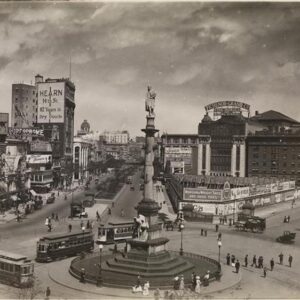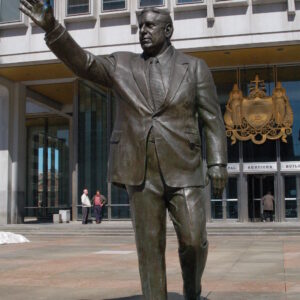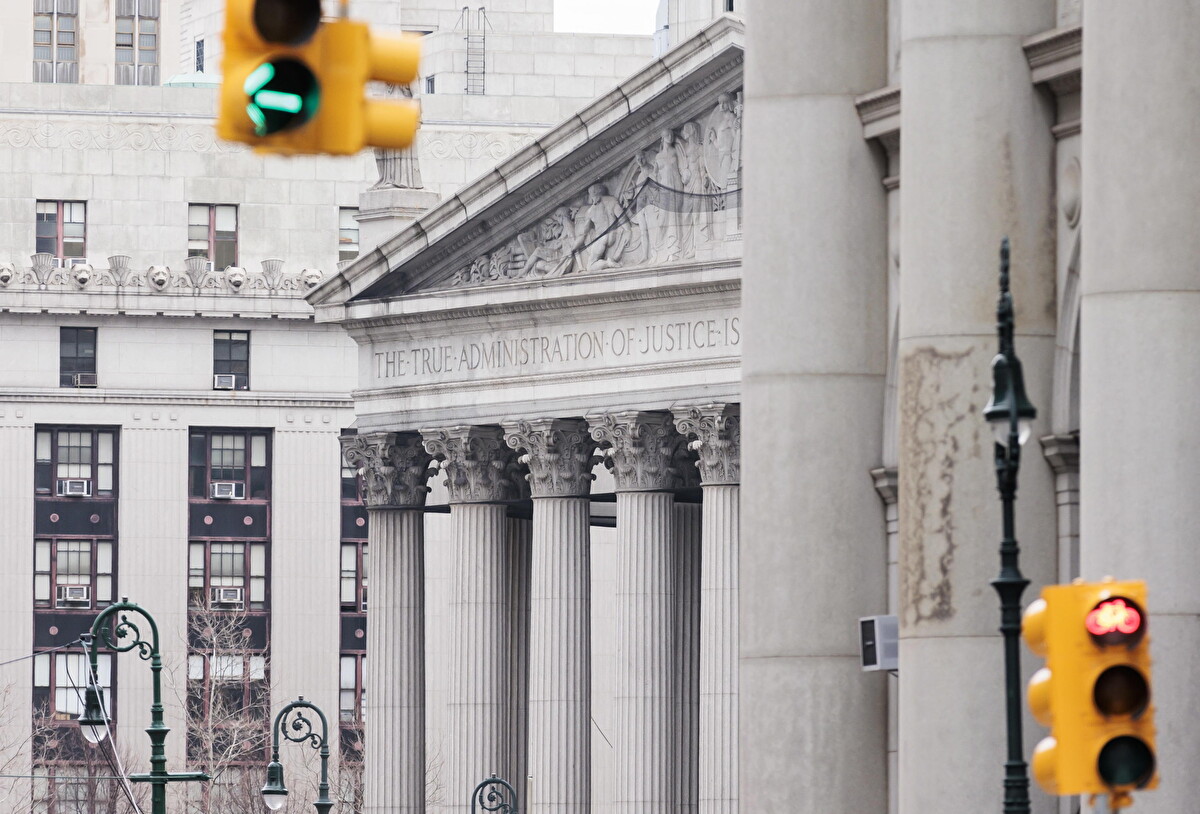After the authoritative contribution of Professor William J. Connell, I would like to take advantage of the hospitality of La Voce di New York to participate in the debate on the iconoclastic fury that the brutal and unjustified killing of George Floyd has unleashed not only in the United States, but on a global scale, against the alleged symbols of white domination as well as of the oppression, if not altogether, of the genocide of people of color. As a manifestation of an emotional mass anger, the tearing down and disfigurement of the monuments that we have witnessed in the last few days appear lacking in any capability for discernment and, above all, they do not seem to be able to comprehend the multiple motivations that led to the erection of the statues of whose presence we want to free ourselves from today. In other words, to make use of a colloquial expression, those who want these statues eliminated mix the wheat with the chaff. In particular, they place on the same plane the deliberate celebration of implicit forms as well as explicit forms of racism and the expression of a public recognition to individuals who have exhibited questionable behaviors and actually reprehensible if judged by the ethical criteria of our present time, instead of a coeval moral measure of evaluation.

To the first type of monument belong the statues erected to confederate generals like Robert E. Lee. These are taken as a symbol not so much for the presumed military and war-like skills of those who fought for the Confederacy in the war against the Union, but for their strenuous defense of slavery on the part of the Southern society. It is no accident that many of these statues were not erected immediately after the conclusion of the Civil War, but in the successive period of the consolidation of racial segregation, and especially at the beginning of the Twentieth Century, almost as if they were meant as a threat to African-Americans–who by now had been emancipated for some time from a legal point of view–so that they would not claim the full civil and political rights due them as free people.
The most significant example of this tendency is perhaps the equestrian monument of General Nathan Bedford Forrest in Memphis, inaugurated in 1905 and already taken down in 2017. The statue for sure did not celebrate a hero or a military strategist of the Confederacy. Forrest had been responsible for the slaughter of Fort Pillow, where the confederate troops under his command, on April12 1864, massacred a garrison of northern African-American soldiers after they had surrendered and laid down their arms. As if this were not enough, after the war, Forrest became one of the leading figures of the Ku Klux Klan.

Quite different is the case of the monuments to Christopher Columbus in the United States. Those who built and financed them, as a recent document of the National Italian American Foundation reminds us, were the Italian-Americans to honor the discoverer of America and, at the same time, to contribute to the legitimization of their presence in the United States, principally during years in which the immigrants from Italy were considered undesirable and inadmissible in a protestant society of Anglo-Saxon origin because of their Mediterranean origin and prevalently of Catholic devotion. The intent was not to celebrate the genocide of the Native Americans or the expropriation of their lands on the part of Europeans. Emblematic in this regard is the erection of the New York monument to Columbus, inaugurated in 1892 and sponsored by the then director and owner of “Il Progresso Italo Americano”, Carlo Barsotti, through funds collected from the readers of what was at that time, the main daily paper in the Italian language of all the United States.

A still different case is that of the former Philadelphia mayor Frank L. Rizzo. More than for his ability as an administrator, Rizzo is known for resorting to the iron fist against African-American organizations, and for the violations of the civil rights of their members in the years in which he was police commissioner of the city. In the most controversial episode, though without loss of blood, when he was head of the police in 1970 Rizzo forced the members of the local cell of the Black Panthers to undress in front of the photographers’ cameras after the agents raided their headquarters simply for the purpose of humiliating them in public. Before that, he had ordered a charge against a peaceful manifestation of African-American students whose demands were to be allowed to wear African fashion in class and more courses in black studies. The charge led to the hospitalization of about fifteen demonstrators. Given the meaning of Rizzo’s public figure, then, his monument should rightly be among those that must be removed, as indeed, Mayor Jim Kenney has already decided.
The invitation to assess the motives for the erection of the statues before taking them down with an indiscriminate impetus of destruction is valid also for the European repercussions of the American phenomenon. The iconoclasm that the United States has inspired, has in fact already crossed the Atlantic, as attested by the defacing of the London memorial to Winston Churchill, and is moving on even into Italy.

Here it is the statue of Indro Montanelli that has been targeted, in the Milano gardens that bear his name. What is the journalist accused of? To have boasted of having bought a sex slave, a minor, while he was fighting with the Italian troops in the conquest of Ethiopia in 1935. The monument, however, does not intend to glorify the sexual exploitation of African women, nor Italian colonialism. It was built in the same place where Montanelli was kneecapped by the Red Brigades on June 2, 1977 and honors freedom of information and those who have had the courage to support it even during the dark “Years of Lead” of Italian history. Following the same logic proposed by the critics of Montanelli’s statue, all monuments to Thomas Jefferson should also be torn down; Jefferson owned slaves and quite notoriously lived more uxorio with one of them, Sally Hemings, after his wife’s death.
For sure, there are those who already want to eliminate the third president from the American political pantheon. But, if this blind application of political correctness were to happen, we would end up sweeping away even those who, despite their human flaws and of those of their own time, ended up promoting “a more perfect Union” in the United States as in other countries, even if at times they did it “holding their nose.”
Translation by Salvatore Rotella












